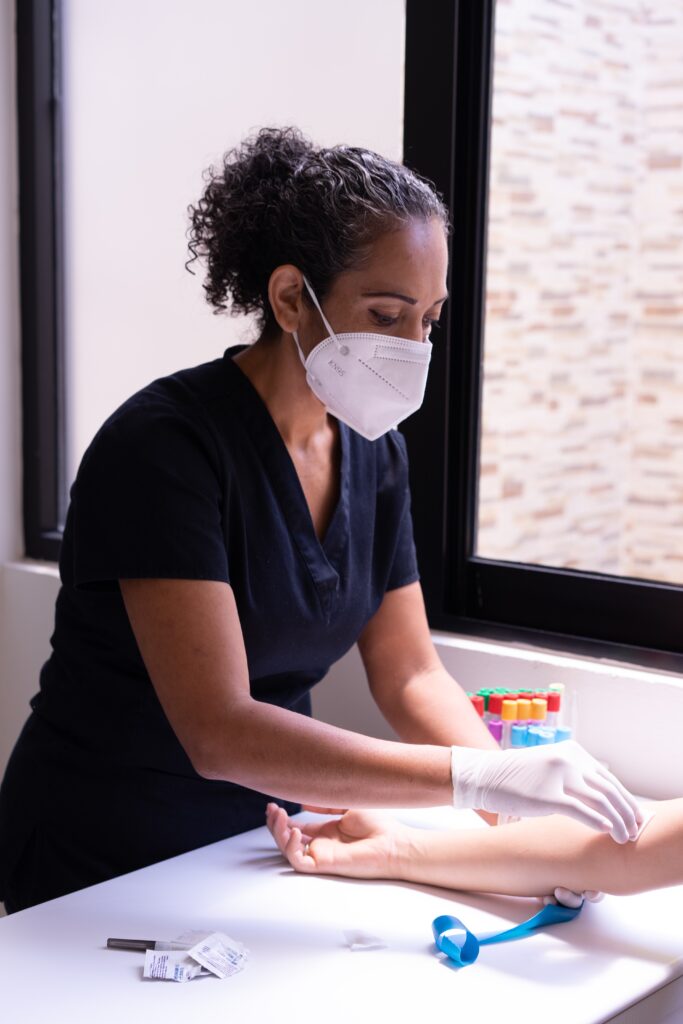 As part of Sexual and Reproductive Health Awareness Week, the Primary Care Network (PCN) is promoting sexual and reproductive health. Sexual and reproductive health encompasses the health of an individual’s reproductive system and sexual well-being during all stages of their life. One of our goals is to bring awareness and provide resources our community can reference for common questions about sexual health and how it affects our community.
As part of Sexual and Reproductive Health Awareness Week, the Primary Care Network (PCN) is promoting sexual and reproductive health. Sexual and reproductive health encompasses the health of an individual’s reproductive system and sexual well-being during all stages of their life. One of our goals is to bring awareness and provide resources our community can reference for common questions about sexual health and how it affects our community.
Today, I’ll be focusing on Sexually Transmitted Infections (STIs). STIs are one of many factors that can affect our sexual and reproductive health. STI rates remain a relevant cause of morbidity in Alberta. As an example, according to the 2020 Alberta Sexually Transmitted Infections and HIV Annual report, syphilis infections continue to rise in our province with a 9.0 percent increase from 2019.
STIs can be spread from one person to another through any type of sexual contact including kissing, oral sex, penetrative intercourse of any kind and/or intimate skin-to-skin contact. Some common STIs include: Chlamydia, Gonorrhea, Syphilis, Trichomoniasis, Human immunodeficiency virus (HIV), Herpes simplex virus (HSV), Hepatitis B and Human papillomavirus (HPV).
There are a number of STIs that can have no signs or symptoms, but can still be passed to a partner. Leaving a STI untreated can lead to serious health complications, but luckily many STIs can be treated and cured. Anyone who is sexually active is at risk for developing an STI – regardless of their marital status. It is important to know how to protect yourself and others from preventable infections. Use condoms. Condoms are the best method to protect yourself from STIs. They also protect against unwanted pregnancies, though a second form of birth control is highly encouraged.
If finding affordable protection is a barrier for you or someone you know, there are many resources and organizations committed to promoting safe sex practices within the Bow Valley. Local Doctor’s offices and clinics offer health packages that include condoms, lubrication and sexual health resources cards specific to the Bow Valley.
 Who is at risk?
Who is at risk?Because some STIs can have no symptoms it is equally important to visit your family physician, walk in clinic or nearest STI clinic for regular screening and testing. According to the 2018 Alberta Treatment Guidelines for Sexually Transmitted Infections in Adolescents and Adults, those at highest risk for STIs, but not limited to are:
You might be thinking when is it appropriate to get tested and where is testing available in the Bow Valley and/or the surrounding area? If you are looking at getting tested or have questions or concerns about getting tested, it is important to speak with a health care provider. This may include your family physician, a nurse or other evidenced based resources that we’ve included at the bottom of the blog. In general, speaking with your family physician, going to a walk-in clinic or the nearest STI clinic are the best and easiest ways to arrange free screening and testing as needed.
It’s important that as a community we foster and engage in conversations around sexual health that promote healthy relationships and wellness. STI awareness and prevention is key to normalizing and encouraging individuals to speak openly with their partners about using protection and talking about sexual health history before engaging in sexual activity. It is equally important to know when and how to use protection, where to get tested, and getting immunized against Hepatitis B and HPV as these are all easy strategies that will greatly reduce the spread and risk of acquiring a STI.
Don’t have a family physician? The following walk-in clinics are will test for STIs, please call the following clinics to book your appointment for screening and testing today:
– Leah Kennedy, Primary Care and Chronic Disease Management Registered Nurse / Population Health Consultant